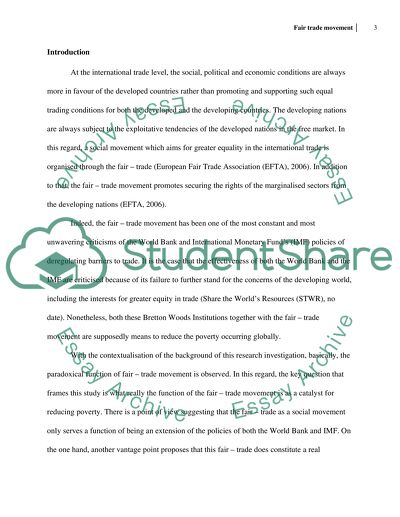Cite this document
(Fair Trade Movement between Developed and Developing Countries Research Paper, n.d.)
Fair Trade Movement between Developed and Developing Countries Research Paper. Retrieved from https://studentshare.org/macro-microeconomics/1401277-essay
Fair Trade Movement between Developed and Developing Countries Research Paper. Retrieved from https://studentshare.org/macro-microeconomics/1401277-essay
(Fair Trade Movement Between Developed and Developing Countries Research Paper)
Fair Trade Movement Between Developed and Developing Countries Research Paper. https://studentshare.org/macro-microeconomics/1401277-essay.
Fair Trade Movement Between Developed and Developing Countries Research Paper. https://studentshare.org/macro-microeconomics/1401277-essay.
“Fair Trade Movement Between Developed and Developing Countries Research Paper”, n.d. https://studentshare.org/macro-microeconomics/1401277-essay.


